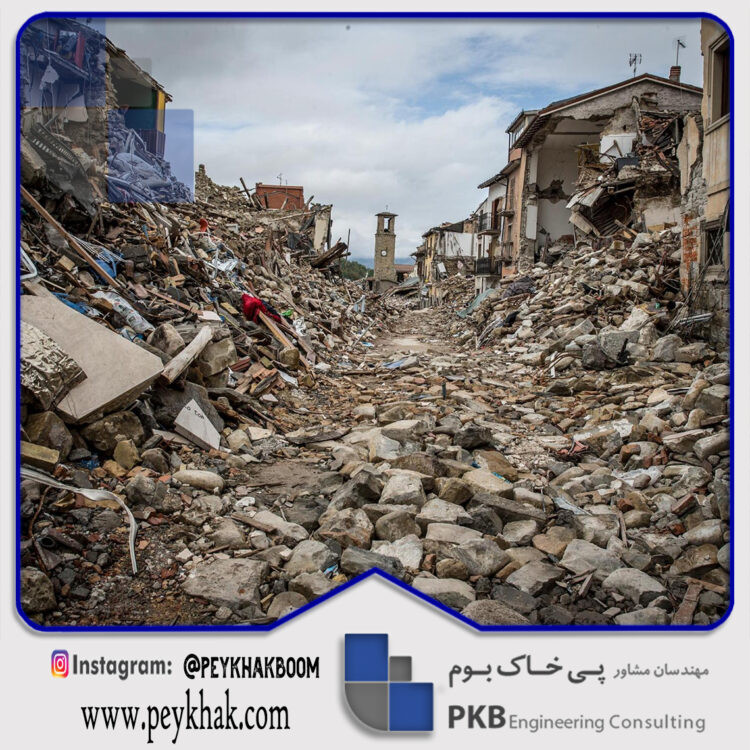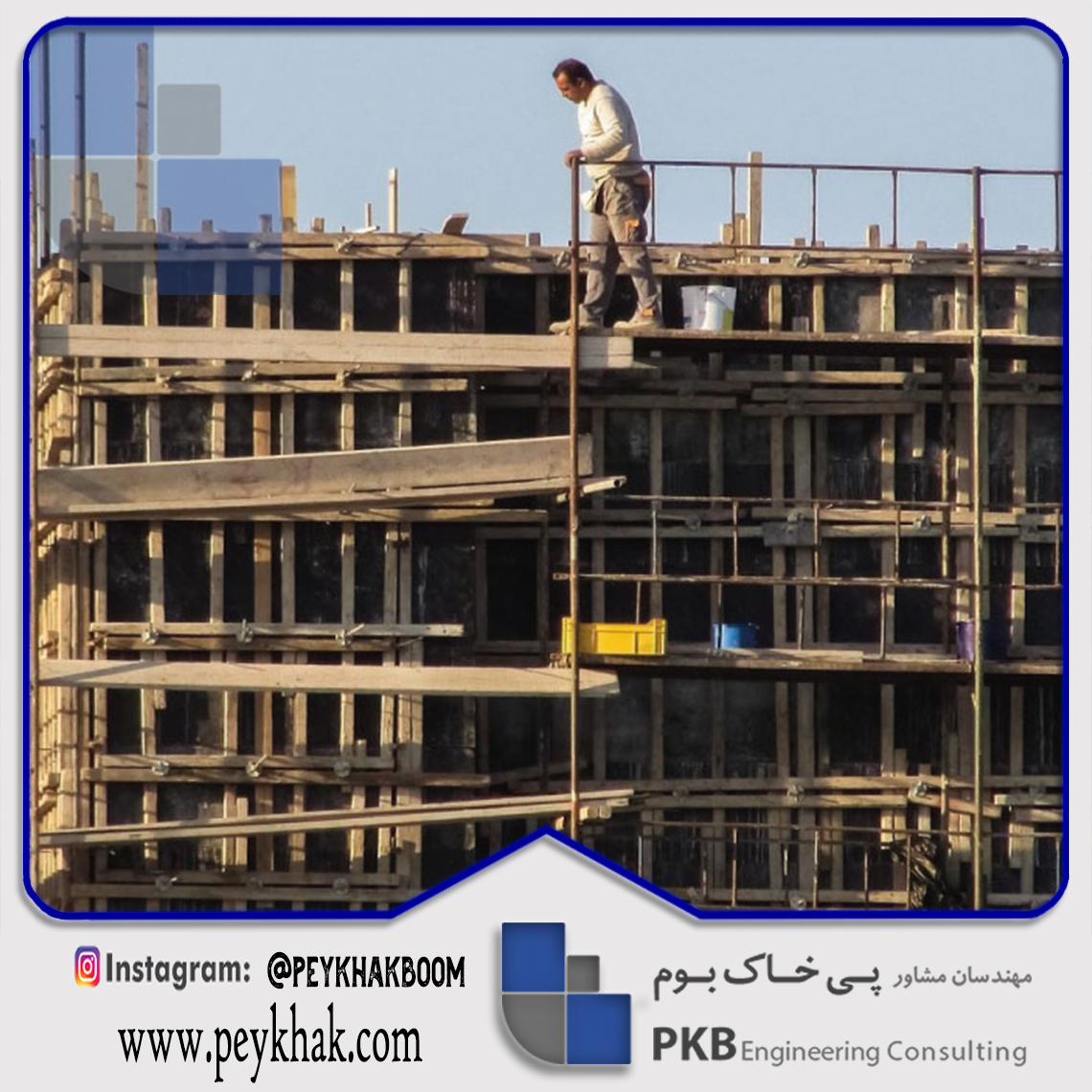Many of the buildings in which we live today lack security and safety; as a result, many people are constantly experiencing insecurity at home. Building safety has always been an important part of construction, and using the best equipment and the highest level of knowledge in the field can save the lives of thousands and even millions. Incidents that can endanger the safety of the building and our family members are not the only unexpected events such as earthquakes, floods, hurricanes, etc.; in fact, failure to comply with building safety principles can endanger the lives of any occupants .
Now you might be asked what are the key things to keep safe at home? Is there a way to increase the safety of your building and your living space? What are the safety factors in a building? And many similar questions. In this article we seek to answer the above questions.
Building Safety Assessment
To answer these questions, we first need to evaluate the safety of the building. These evaluations are based on a variety of factors, such as structural strength assessment, fire protection system evaluation, systems such as elevators, automatic doors, stairs and so on.
Currently, there is a set of standards that can help to some extent ensure building safety. In fact, the safety of buildings is divided into three categories: high risk, low risk and intermediate risk. The assessment for building safety is based on international standards and therefore high-risk buildings should be inspected annually, at least once every 10 years, and once every 3 years.
Building safety assessment can be done by the fire department. In addition, experts and engineers can be consulted to find out the strength of the building and its safety principles. One of the issues to consider for building safety against unexpected events is, for example, earthquakes, the building’s distance from faults, and for storms and floods, its distance from sea level.
Earthquake safety
Earthquake is one of the unexpected events that threaten our country every day and endanger millions of lives. As a result, maintaining the safety and soundness of buildings is of great importance. Construction techniques can have a huge impact on earthquake mortality and mortality.
The most dangerous structures from earthquake point of view are buildings made of brick block or cordless block. This type of construction has walls made of brick overlaid with mortar. In these structures, the roof weight is transferred directly to the base through the walls. When this type of construction is affected by the force of the earthquake, walls and ceilings will fall.


